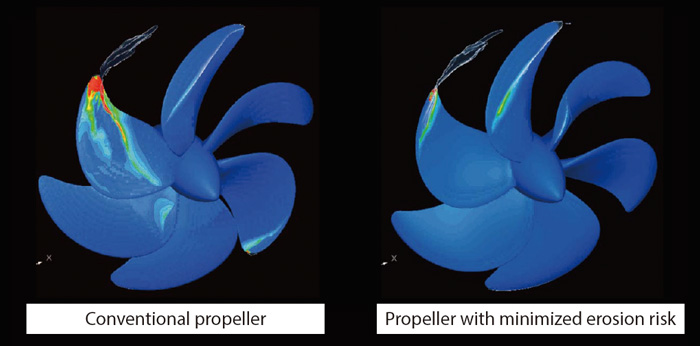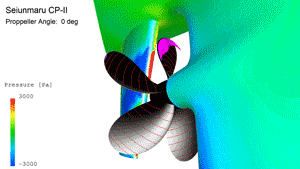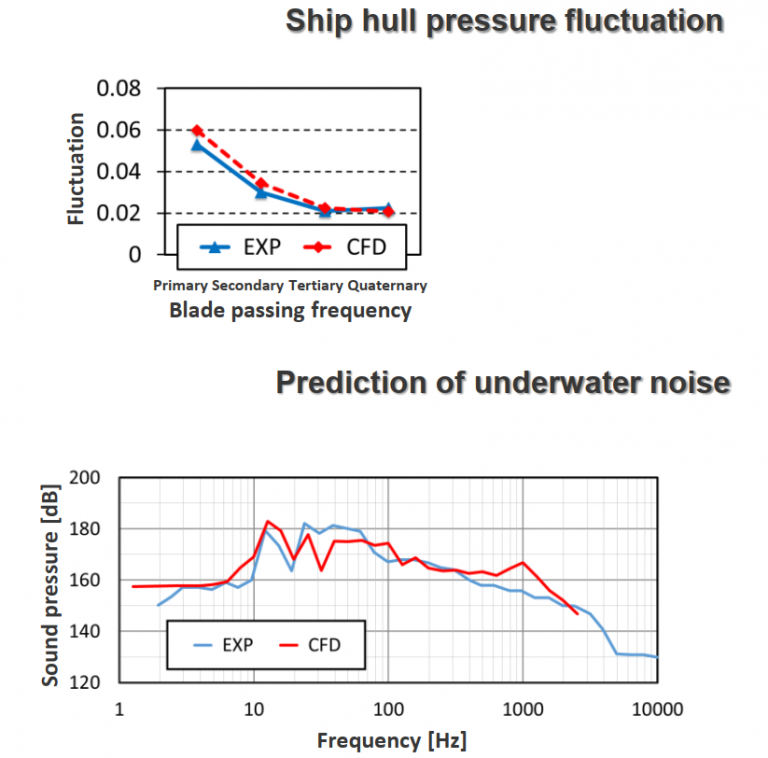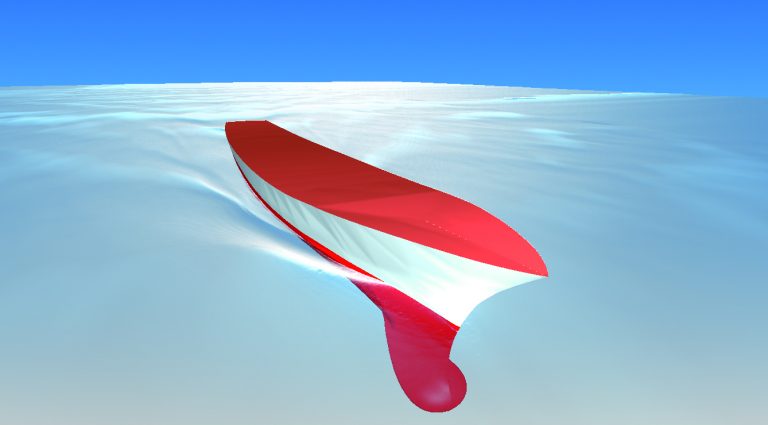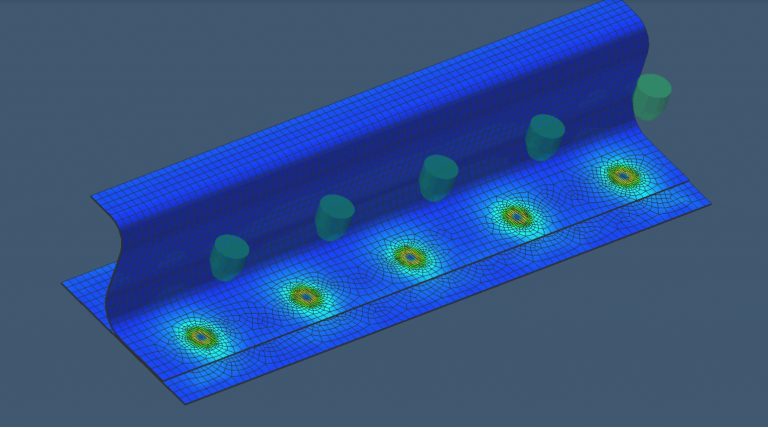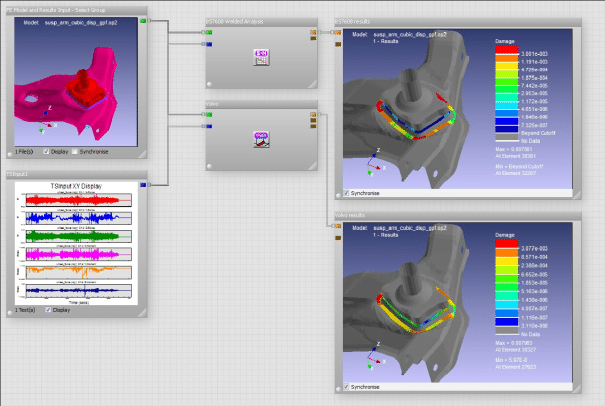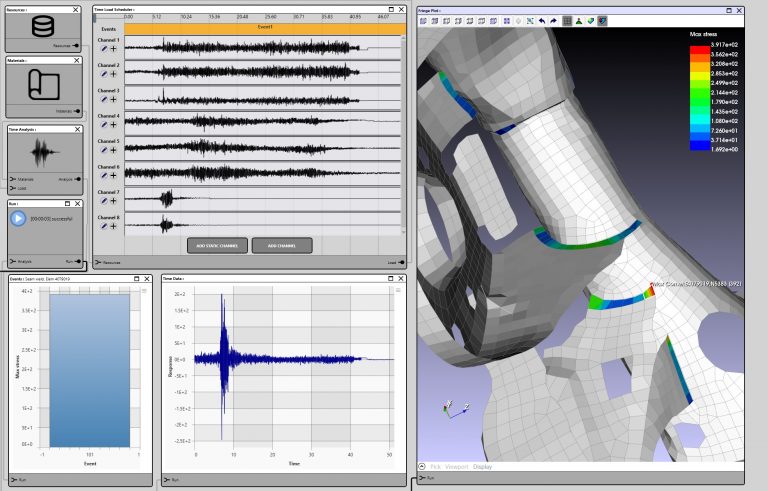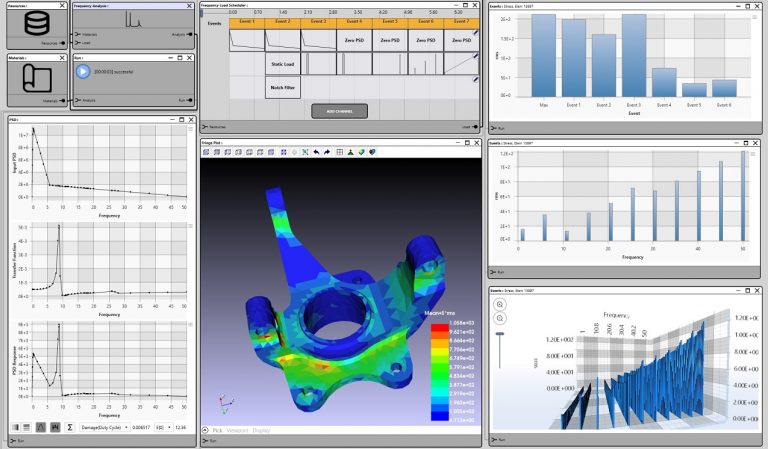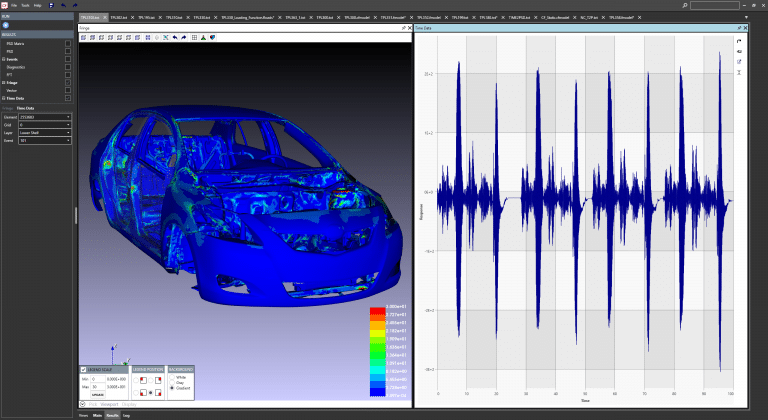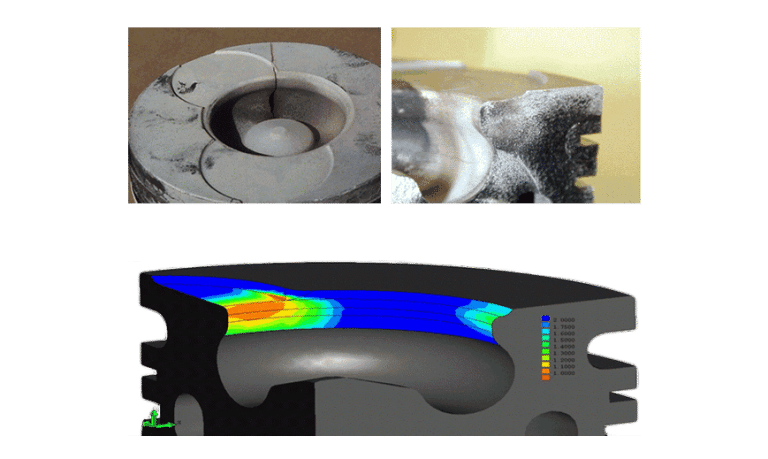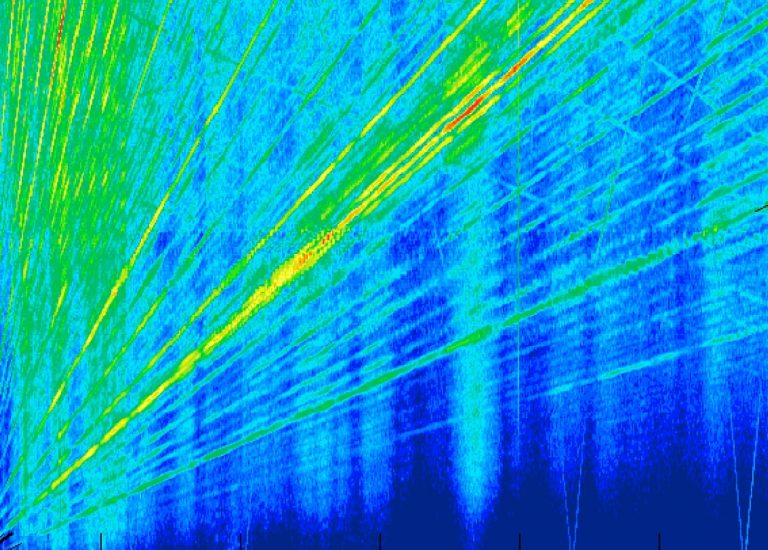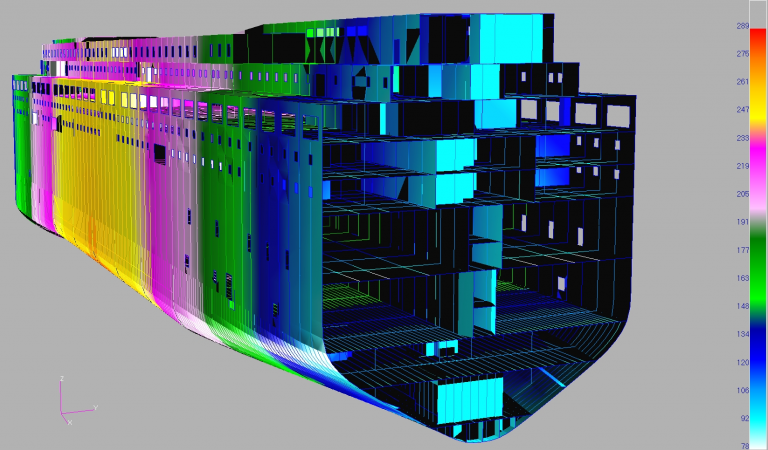Structural Dynamics Integrity & Vibro-Acoustics Simulation for Marine & Shipbuilding Industry: CFD, FEA, SEA & BEM
FEA & CFD Based Simulation Design Analysis Virtual prototyping MultiObjective Optimization
Structural-borne noise and vibration need to be minimized for passenger comfort and reduced environmental impact. Our full suite of vibro-acoustics simulation, and optimization tools ensures that we can minimize the structural dynamic impact of your vessel and its components early in the design phase. From large cruise ships to yachts, from frigates to submarines, many design challenges shall be addressed in the design phases of marine applications. If on the one hand the exterior noise, due to propellers, hull radiation or muffler, has to be limited for discretion or environmental reasons; on the other hand, interior noise is of concern for crew and passengers' comfort.
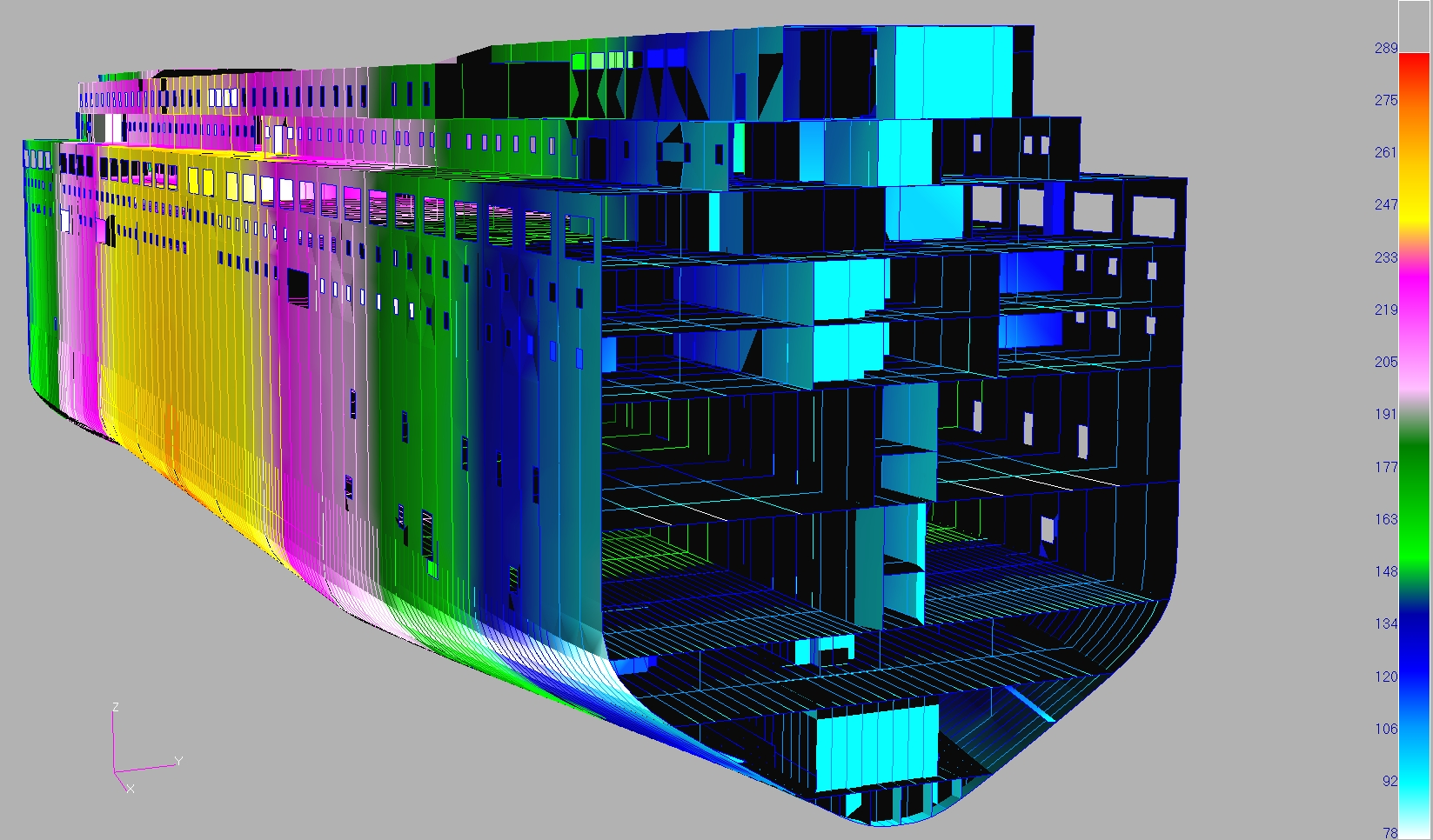
Use Enteknograte FEA and CFD based structural integrity and dynamics solution services to:
- Perform a wide range of structural analysis simulations, ensuring structural integrity.
- Examine thermal and stress responses on vessel components early in the design cycle.
- Determine vibro-acoustic effects and mitigate their influence.
- Acquire physical noise and vibration data for validation and feedback on designs.
- Optimize components while maintaining performance requirements.
- Finite element modeling as per classification society guidelines
- Strength analysis, fatigue and buckling analysis of plated structures and components
- Structural reliability analysis
- Vibration investigation including measurements and theoretical analysis
- Noise investigation and analysis
- Structural analysis of specialized containers and containment systems
Vibro-Acoustics Simulation for Marine and Shipbuilding : FEA, SEA and BEM
Enteknograte provides solutions to the many challenges faced by navel engineers in meeting demanding vibro acoustic specifications for both on board noise and underwater radiation. With Enteknograte experience in Acoustic and Multi-physics solutions that enable us to perform computationally efficient resulting in accurate cost effective results across the frequency range.
Main Simulation methods in Vibro-acoustic field are:
- Finite Element FEA (Structural / Acoustics)
- Statistical Energy Analysis SEA
- Hybrid FEA/SEA
- Fast Multipole FMM
- Boundary Element Method BEM
We optimize most complicated system in simple way, the output of simulation that represent our work quality index in critical points such as:
- Water loading and underwater radiation
- Noise in sensitive areas and changes in noise level
- Insulation optimization for weight and cost savings
- Underwater radiation from the vibrating panels
- Underwater radiation from the propeller point sources
- Interior noise levels in cabins from a number of different sources
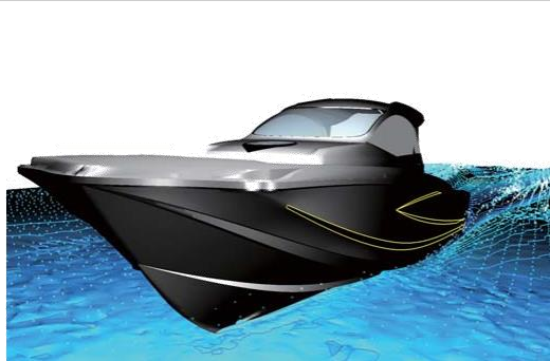
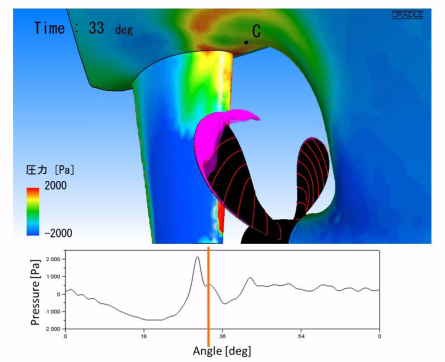


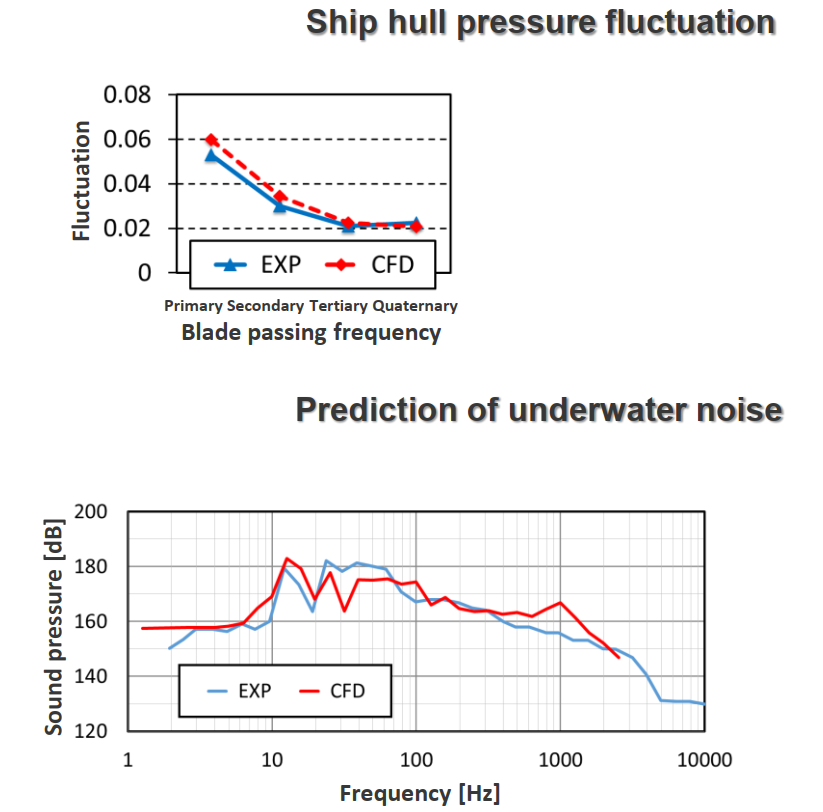
Enteknograte offers a Virtual Engineering approach with CFD and FEA tools such as MSC Cradle, Ansys Fluent, StarCCM+ for flows simulation and FEA based Codes such as ABAQUS, Ansys, Nastran and LS-Dyna, encompassing the accurate prediction of in-service loads, the performance evaluation, and the integrity assessment including the influence of manufacturing the components.


Transient Resistance, Propulsion, Sea-Keeping and Maneuvering Simulation
Using cutting edge solver technology, Enteknograte’s customers have been able to tackle some of the most demanding problems that the marine industry has to offer, allowing us to predict how designs will react in operation, before budget is committed to the construction of expensive prototypes. Enteknograte’s Engineering team provides analyses ranging from: ship keeping, slamming and sloshing; wave and wind loading on offshore and underwater structures; oil and pollutant dispersions to cavitation control and propulsion system optimization.
CFD analysis can optimize ship hull design, sail shape and propeller blades. Analysis predicts water free surface around the ship hull which helps to accomplish optimal hull shape with low hydrodynamic drag. CFD provides information to optimize sail shape and location for efficient and stable ship. CFD analysis can optimize propeller blade design for energy efficient ship and avoid cavitation on the blades. Enteknograte’s Engineering team provides analyses ranging from: ship keeping, slamming and sloshing, wave and wind loading on offshore and underwater structures, oil and pollutant dispersions and cavitation control to propulsion system optimization.
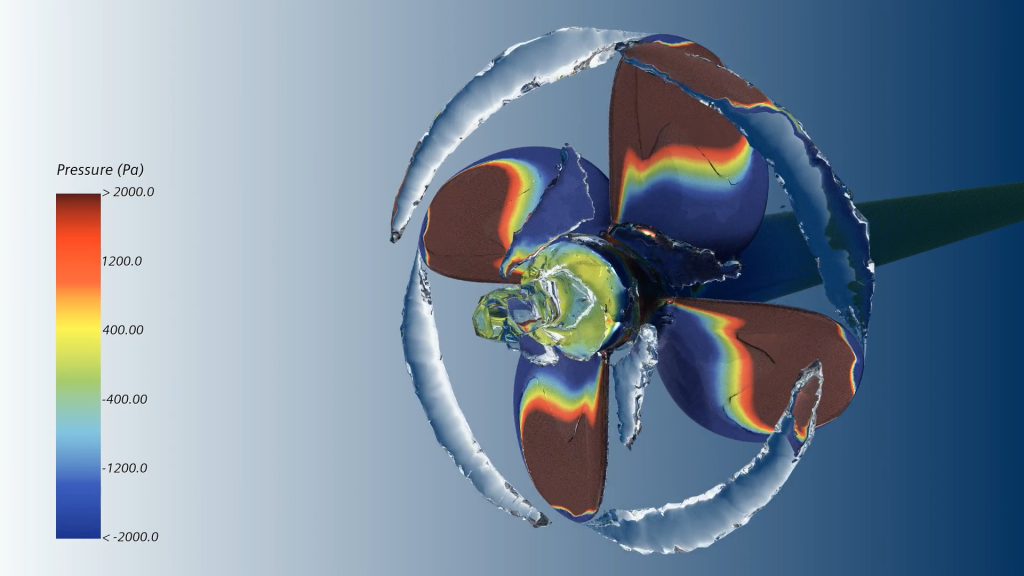
Marine Propulsion System Design: Combination of CFD & FEA for Detailed Fatigue, Strength and Vibration Analysis
Marine propulsion system designers rely on the combination of CFD and FEA software for fatigue, strength and vibration analysis. Proper propulsion system/components analyses during the design phase help avoid delays in delivery and damage problems in operation, thereby reducing expensive off-hire. Professional and reliable software and experts is essential for the design of a robust system.

Deep knowledge and experience combining with advanced CFD and FEA software enable us to handle any problem with any level of complexity in very short time. We Use CFD tools such as MSC Cradle, Ansys Fluent, Siemens Star-ccm+ and FEA Tools such as Abaqus, Nastran and LS-DYNA with combination of very experienced engineers to help our customers in:
- Investigation of course keeping and turning ability
- Motions analysis of FPSOs (Floating production storage and offloading)
- Manoeuvring at low / variable speed in shallow and confined seaways/ unsteady maneuvers: tacking, gibing
- Torsional Vibration Simulation with Coupled CFD and FEA softwares to identify the interaction between components, an essential part of the system and functionality assessment
- (unlimited) deep water-Shallow water condition
- Floating wind turbine design and simulation including dynamic effects due to elastic response of wind, waves in rotor blades, the tower, and the mooring lines.
- Monohulls / conventional ships
- Multi hulls: catamarans, SWATH, trimarans
- Asymmetric ships (monohulls as well as catamarans)
- Submarines
- FEA simulation of torsional vibration regarding ice impacting on the propeller
- Fixed models as well as free to trim and sink conditions
- Coupled Hydrodynamic CFD Simulation with structural finite element analysis to Simulate transient strcutural behavior in irregular waves
- Added resistance in waves
- Combined drift and gyration
- Ship resistance analysis
- Hydrodynamic Interaction between Bodies: shielding effects, Forward speed effects
- Dynamic trim and sinkage behaviour
- Propulsion and propeller performance optimization
- Ship wake
- Shaft fatigue and lifecycle calculations of marine shafts torsional vibration stress levels based on low cycle, high cycle and transient fatigue
- Vortex induced vibration analysis
- Whipping and slamming impacts simulation: Wave-induced hull vibration for the assessment of hull girder collapse characteristics.
- Erosion CFD Simulation including hydrodynamics effects
- Offshore equipment stability: Buoyancy and centre of gravity studies
- Added masses for subsea hardware CFD calculations
- Hull performance assessment and wave-making CFD solutions
- Sea keeping behavior in regular or irregular waves
- Calculation of drag and lift on appendages
- Sail or wing optimization
- Ship structural analysis and design with FEA software such as Ansys, Abaqus and Nastran
- Hydrodynamic plant & equipment
- Tidal Power System Hydrodynamic Design
- Optimal gearbox lubrication
CFD Optimization of Hull Form Including Hydrodynamics considerations
The hullform of a ship is decisive for its energy consumption and efficiency in that a large part of the overall resistance is determined by form effects and the aft body shape influences the propulsive losses. The shape related aspects are traditionally the domain of a ship model basin. While in the past numerous physical ship models have been created and tested in a towing tank to find the optimal solution, this role has been taken over by CFD, numerical methods which allow analyzing the performance of a ship hull before the first model is built. Enteknograte Engineering team use advanced CFD and Optimization software such as Ansys Fluent, Siemens Star-ccm+ and MSC Cradle to compute hull resistance at different stages of a design.
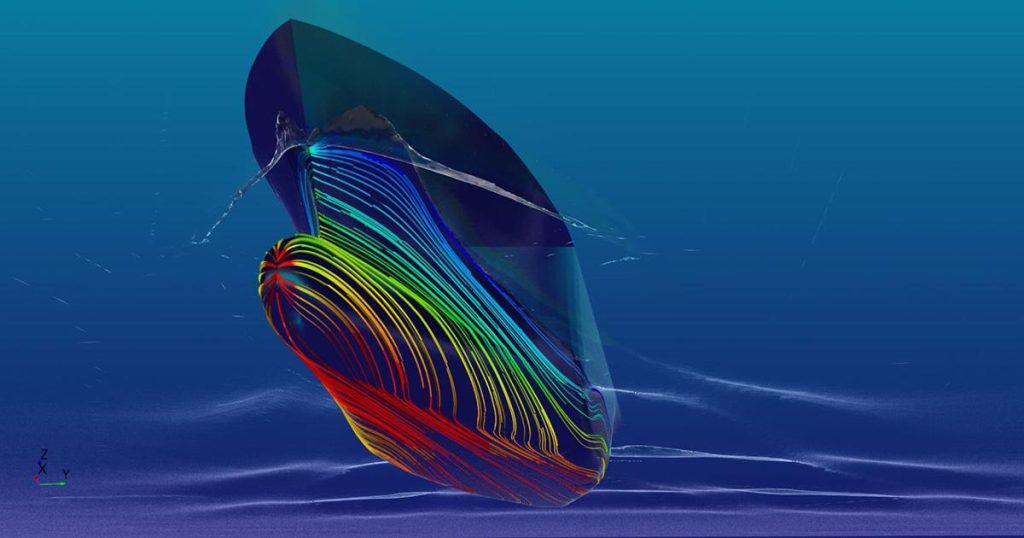
Wave-Making Resistance
Wave-making resistance is a form of drag that affects surface watercraft, such as boats and ships, and reflects the energy required to push the water out of the way of the hull. This energy goes into creating the wave. For small displacement hulls, such as sailboats or rowboats, wave-making resistance is the major source of the marine vessel drag. CFD analysis is used to lower ship hydrolic drag by optimizing ship body shape.
Enteknograte’s engineering team use a virtual Water Channel for free surface simulations. It can be used to analyze the flow around ship hulls and predict their resistance, seakeeping, loads on components, and the downstream wake of both surface and submerged watercraft. The adaptive refinement algorithm can also detect and refine dynamically and automatically the ship wake and the free-surface of the fluid.
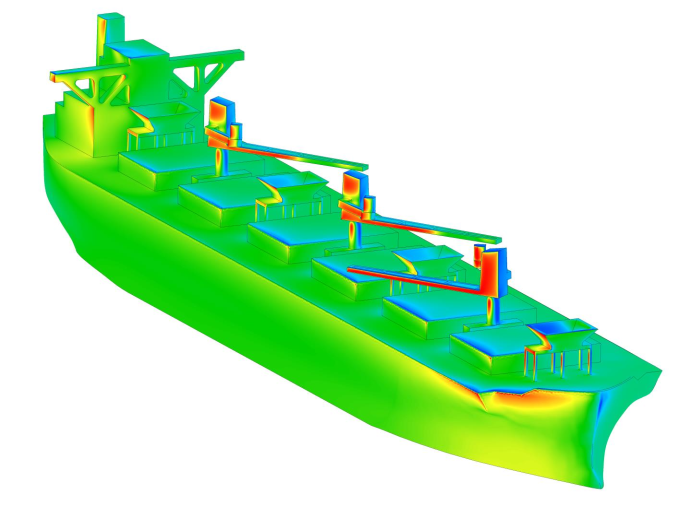
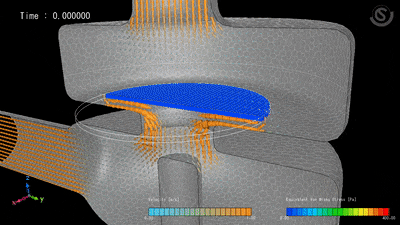
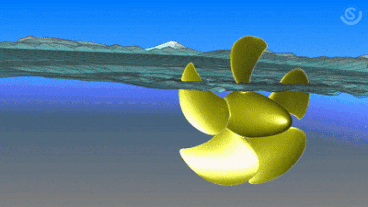
Coupling Hydrodynamic CFD Simulation in Ansys Fluent, Siemens Star-ccm+ and MSC Cradle with structural finite element analysis (Abaqus, Ansys) to Simulate most complicated industrial problem
Enteknograte has vast experience in the modelling of hydrodynamics using CFD simulation in a wide range of applications. The experienced CFD staff can offer an accurate and detailed analysis of the flow and be able to identify viable areas of improvement for implementation and design. This Simulation can be used to model:
- Hydrodynamic Interaction between Bodies: shielding effects, Forward speed effects
- Shielding effects of a pier adjacent to a ship, an important aspect in the design of breakwaters and how they affect mooring systems.
- Design and analysis of mooring systems, including intermediate buoys and clump weights
- Motions analysis of FPSOs (Floating production storage and offloading)
- Calculation of shielding effects of ships and barriers
- Multiple body interactions during LNG transfer
- TLP tether analysis
- Dropped object trajectory calculations
- Concept design and analysis of wave and wind energy systems including multiphase condition including hydrodynamic effects
- Simulation of lifting operations between floating vessels
- Discharging landing craft from mother ships
- Transportation of large offshore structures using barges/ships
- Float over analyses
- Motion analysis of spar vessels
- Static and dynamic initial stability including the effects of mooring systems and other physical connections
- Coupled Hydrodynamic CFD Simulation with structural finite element analysis to Simulate Transient structural behavior in irregular waves
- Coupled cable dynamics in static and dynamic analysis to modeling of mooring system loading and response in deep waters.
- Dynamic positioning system
- Towing force provided by a tug
- Damping system with unusual characteristics
- Suction force between two ships close together, or between a ship and the sea bed
Hydrodynamics & HydroAcoustics simulation for AIV (Acoustic Induced Vibration)
Ship Stability & Safety Analysis Including Hydrodynamics & Aerodynamics Effects
Cavitation in Propulsion Systems
Hydrodynamic Performance of Ship Hull: CFD Based Design
Hydrodynamics CFD simulation, Coupled with FEA for FSI Analysis of Marine and offshore structures
Floating, Fixed & Gravity-Based Structures Design Including Hydrodynamics & Aerodynamics Effects
Hydropower, Solar Power and Biomass
Structural Dynamics Integrity & Vibro-Acoustics Simulation for Marine & Shipbuilding Industry
Hydroplaning (Aquaplaning) Simulation
Turbine, Pump & Compressor (Axial or Centrifugal)
NVH based Design and Considerations for Marine and Shipbuilding Industry including Ship, Boat, Yacht, Vessels and offshore structures
The challenge for the NVH specialists is to support the concept and design development process by reliable recommendations just-in-time prior concept or design freeze. Enteknograte’s specialists particularly use advanced methodologies for NVH simulation and optimization for Marine and Shipbuilding Industry:
- FEA based Ship, Boat, Yacht, Vessels Powertrain
- Structural Optimization
- Optimization of Ship, Boat, Yacht, Vessels Engine Dynamics based on MBD ( Multi-Body Dynamics Simulation)
- Concurrent optimization of combustion efficiency with NVH considerations for Vessels
- Ship, Boat, Yacht, Vessels and offshore structures Interior Noise Simulation based on measurement and CAE
- Ship, Boat, Yacht, Vessels and offshore structures Exterior Noise Simulation with couple use of CFD and FEA solvers
- Objective Analysis of Sound Quality
Integrated Artificial Intelligence (AI) & Machine Learning - Deep Learning with CFD & FEA Simulation
Electromagnetic Multiphysics
Acoustics and Vibration
Aerodynamics Simulation: Coupling CFD with MBD, FEA and 1D-System Simulation
Fatigue Analysis of Welded Structures Using the Finite Element Method
Finite Element Analysis of Durability and Fatigue Life
Heat Transfer and Thermal Analysis
Multi-Phase Flows CFD Analysis

